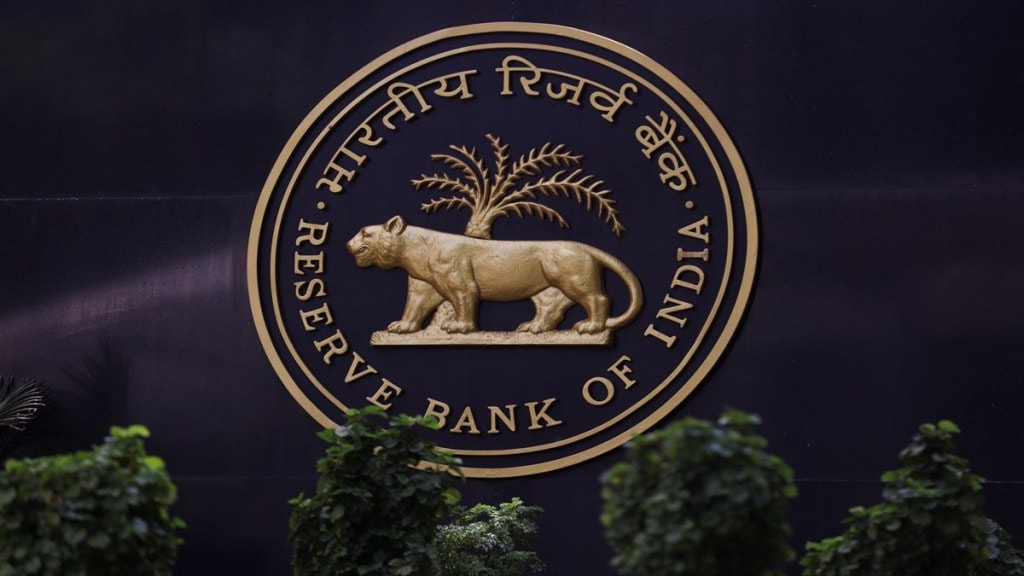In a development that will encourage banks to participate more aggressively in funding acquisitions by India Inc, the Reserve Bank of India (RBI) on Friday issued the draft circular on acquisition financing that proposes to allow banks to banks to finance as much as 70% of the acquisition value, provided the rest 30% comes from acquirer.
“Acquisition financing mat be extended by banks to Indian corporates for acquitting equity stakes in domestic or foreign companies as strategic investment… by the core objective of creating long-term value… rather than restructuring for short-term gains,” the draft circular said.
The regulator asked banks to put in place a policy on acquisition finance, which defines the overall limit under the ‘direct capital market exposures’, eligibility of borrowers, security, margin, risk management and monitoring norms, among others.
It also said that the aggregate exposure of a bank towards acquisition financing shall not exceed 10% of Tier-1 capital. It also proposed that the financing can be extended directly to the acquirer or to a step-down special purpose vehicle (SPV) set up for acquisition.
It also said that the acquirer should be a listed firm with a record of satisfactory net worth and profits for the past three years. Also, the target company and acquirer should not a related party. Further, the acquisition value of the target company shall be determined by two independent valuers. The post-acquisition debt to equity ratio at the acquiring company or the SPV/target company will be subject to 3:1.
As collateral, the bank will have shares of the target company as primary security, and assets of the acquirer and/or target company or other securities held by the acquiring company, may be taken as collateral security as per the bank’s policy.
In addition, it also allowed banks to fund acquisition of shares of a public sector unit under a disinvestment programme approved by the government
Other proposals for capital market exposure
When banks having exposures to capital market, it should not exceed 40% of its Tier 1 capital as on March 31 of the previous financial year, the RBI said. The bank’s direct investment exposure and acquisition financing is capped at 20% of its Tier 1 capital. RBI also urged banks to have internal limits for intra-day exposures to individual counterparties.
However, the RBI does not impose any limits on banks’ investment in own subsidiaries, joint ventures, and sponsored Regional Rural Banks (RRBs), securities issued by forming critical financial infrastructure institutions, and debt instruments issued by other banks, among others.
The central bank urged banks to put in place robust mechanisms to monitor end use of the funds and assess suitable risk limits on liquidity, volatility, and potential stress period corrections to curb the potential risks.
The regulator also proposed to raise the loan-to-value ratio of loan against securities (listed shares and convertible debt securities) to 60% from the current 50%. In the case of government securities, it has been left to individual banks, per their policies.
Mutual Funds excluding debt schemes, units of exchange traded funds and units of REITs/InVITs are subjected to LTV ratio of 75%, while debt funds at 85%. The lender should maintain the LTV and take necessary steps if it breaches the LTV ratio.
The banking regulator has sought comments on the draft circular till November 21. And the final guidelines will be implemented from April 1, 2026.
These proposals come after the RBI unveiled a slew of measures to support credit flow, where it proposed to provide an enabling framework for Indian banks to finance acquisitions. It also enhanced limits on lending by banks against shares from Rs 20 lakh to Rs 1 crore. The central bank also removed the regulatory ceiling on lending against listed debt securities and increased limits for initial public offering (IPO) financing to Rs 25 lakh from Rs 10 lakh per person.
When it comes to financing initial public offer (IPO), follow-on public offer (FPO), or employee stock option plan (ESOP), the regulator capped the loan limit at Rs 25 lakh per individual. It also added that loan amount should not exceed 75% of the subscription.

